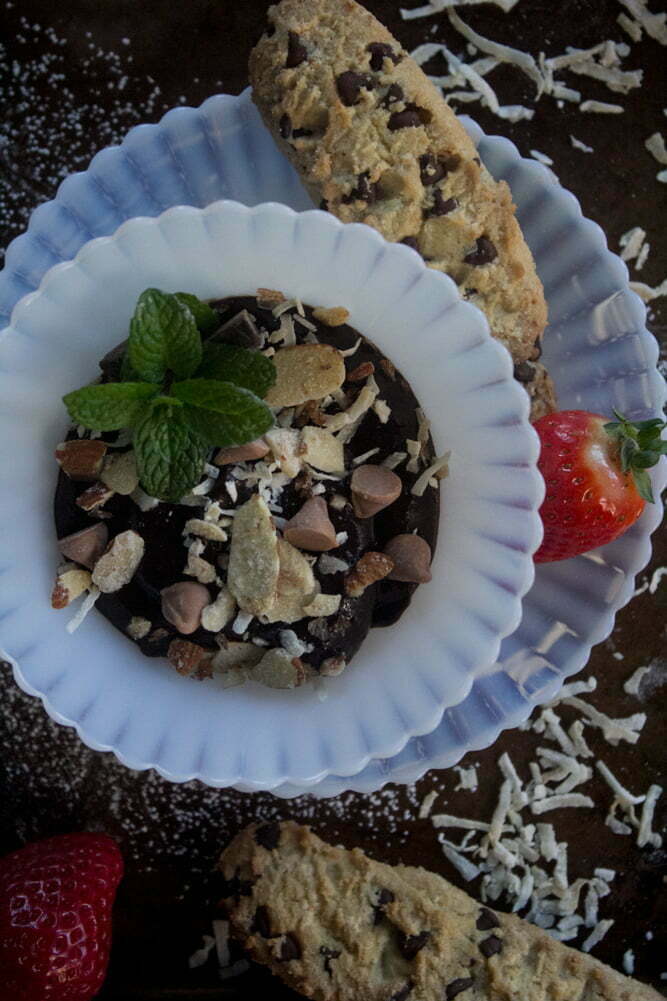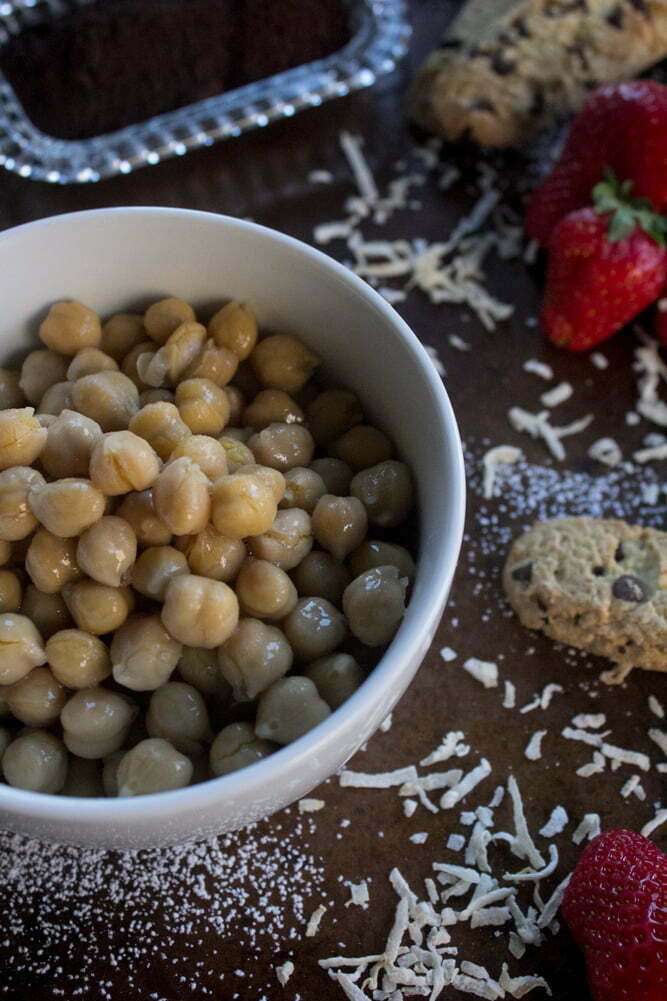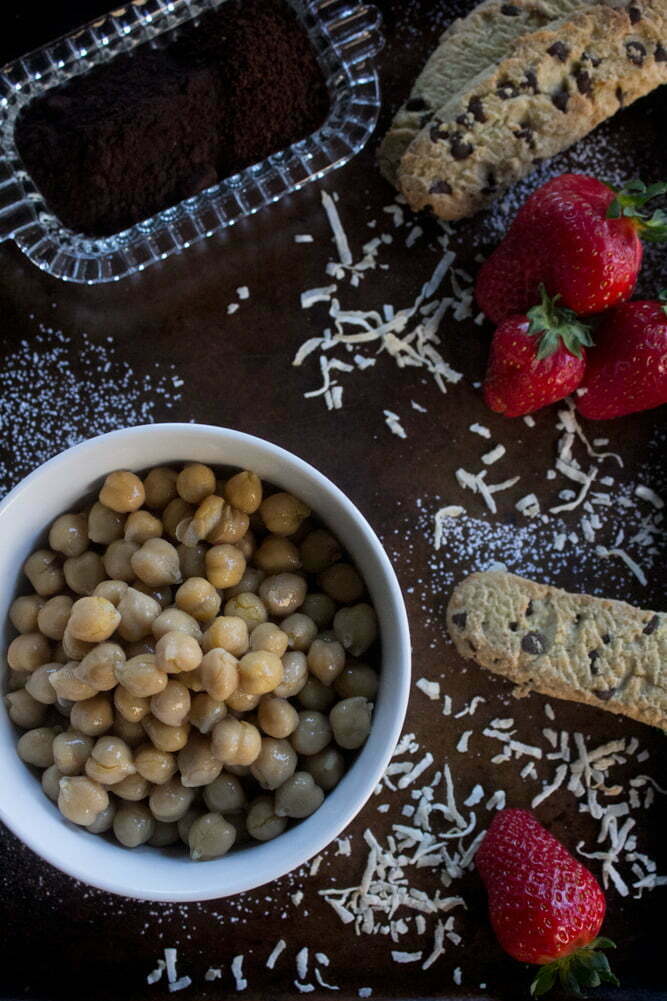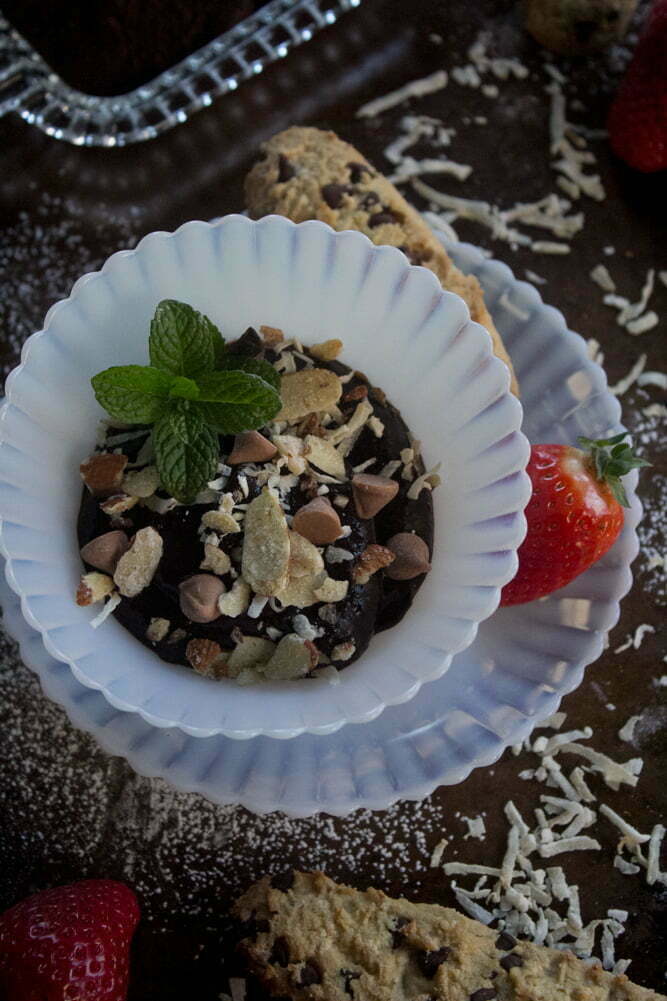
52 Weeks of Hummus //Healthy //Herbs //Potager //Recipes
Chocolate Hummus
May 13
3 min read
0 Comments
A Sweet Hummus Treat
While hummus in our household is most often of the savory variety, the occasional sweet treat is always welcome. Full of protein and no processed sugar, chocolate hummus is one way to flip the script on all your previous ideas of what you can make with garbanzo beans. I added local honey, vanilla extract, and instant espresso powder for a rich dip that goes well with fresh strawberries, bananas, and of course your favorite cookie.
The Modern Potager Kitchen Garden
The joy of the modern potager is getting to expand your culinary skills and make restaurant-quality meals at home. Picking fresh ingredients from the garden and turning them into something that awakens your tastebuds and thrills is really what life is all about.
It should come as no surprise that I have a high appreciation of historical foods as an heirloom gardener. One of the oldest and most historically relevant dishes in human history is hummus.
And I could eat hummus morning, noon, and night. On its own with fresh flatbreads, alongside eggs, or loaded with roasted veggies. It’s this love of hummus that led Matthew to adamantly state, “You cannot survive on hummus and cucumbers alone.” As we shared a plate of one of my favorite variations, roasted red pepper hummus, with radishes, cucumbers, and herbs from the showcase garden, the challenge of his statement kept dancing in my mind.
While it made me laugh in the moment, the notion that I could not survive off such a healthy dietary staple sent me down a path of cultural exploration and adventures in the kitchen for weeks on end. I wanted to understand the lore surrounding hummus and its impact upon the world. And truth be told, I wanted to discover if one could survive on hummus without getting bored.
In short, I’ve accepted the challenge to explore all that hummus has to offer in both traditional and new ways with the help of some fantastic local chefs, food bloggers, and a little creativity. Together, we’ll make a year’s worth of delicious hummus variations—52 recipes that feature the best of seasonal produce and pantry essentials.
We’ll test various cooking techniques, discussing the pros and cons of each method to achieve multiple results. While some chefs swear by using dried chickpeas and removing the skins, today’s high-powered blenders make quick work of tinned beans with their skins intact.


THE HISTORY OF HUMMUS
The earliest known origins of hummus date back to the 13th century, with several cultures claiming the creation of the savory dip. Yotam Ottolenghi, chef and cookbook author, writes about the hummus wars in his book “Jerusalem: A Cookbook.” But Israel isn’t the only country where people argue over the best hummus recipe. Palestinians, Egyptian Arabs, Greeks, and other Middle Eastern and Mediterranean countries also declare hummus as their dish, each region adding its own nuances.
The essence of the classic hummus recipe are chickpeas, tahini, lemon juice, and salt. As cooking methods have changed over the centuries, the textural preferences and techniques used to create the creamiest dip have altered the base recipes.
CHOCOLATE: THE CURRENCY OF OUR ANCESTORS
The history of chocolate is as rich as the sweet treat we now know it to be. Chocolates roots can be traced to the ancient Olmecs of southern Mexico, but was made most popular by the ancient Mayans. The word chocolate may conjure up images of luscious truffles and awe-inspiring sweet delights, but the chocolate of today bares little resemblance to the chocolate of the past. For about 90 percent of chocolate’s long history, sugar didn’t have anything to do with the story. Throughout much of that history, chocolate was a revered but bitter beverage used as a ceremonial drink.
Chocolate is made from the fruit of cacao trees, which are native to Central and South America. The fruits are called pods and each pod contains around 40 cacao beans. The beans are dried and roasted to create cocoa beans.
The Aztecs took chocolate admiration to another level. They believed cacao was given to them by their gods. Like the Mayans, they enjoyed the caffeinated kick of hot or cold, spiced chocolate beverages in ornate containers, but they also used cacao beans as currency to buy food and other goods. In Aztec culture, cacao beans were considered more valuable than gold.
During the American Revolutionary War, chocolate was provided to the military members as rations and sometimes given to soldiers as payment instead of money. Today, chocolate manufacturing is a more than 4-billion-dollar industry in the United States, and the average American eats at least half a pound of the sweet treat per month.


Chocolate Hummus
Makes approximately 1 1/2 cups of fresh hummus | 4 servings
Inspired by For the Love of Hummus + Created from years of making hummus
Ingredients
1 1/2 cups hydrated garbanzo beans/chickpeas (this is approximately 1 can), drained (reserve water brine)
2 tablespoons tahini (sesame paste)
2 tablespoons dark cocoa powder
2 tablespoons of honey, more if desired
1/2 teaspoon instant espresso powder
1/2 teaspoon vanilla extract
Sea salt
Glug of really good extra virgin olive oil
Really good extra virgin olive oil
Flaky sea salt
1 teaspoon fresh mint, minced
1 teaspoon salted caramel chips
1 tablespoon mini semi-sweet chocolate chips
Dusting of powdered sugar
1) Drain the hydrated garbanzo beans reserving the liquid to help thin the hummus, as needed. Place in a high-powered blender with tahini, honey (or preferred sweetener), instant espresso, cocoa powder, and a small pinch of sea salt. Blend at high speed until smooth, scraping down the sides if needed. If the mixture is not blending well, add 1-2 teaspoons of reserved bean liquid to help thin. Add one circle of olive oil (about 2 teaspoons) and blend again.
4) Place hummus in a shallow bowl. Dress with mint and preferred chips. Dust with powdered sugar for extra visual appeal.
Serve the hummus with a variety of cookies, apples, pretzels, and fresh berries.

Leave A Comment